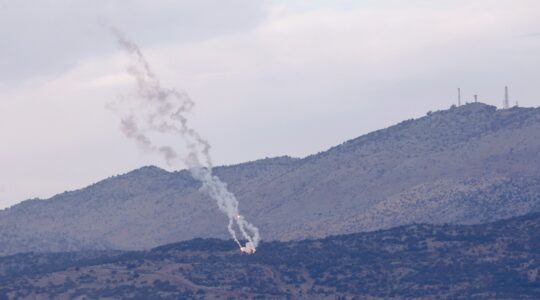MOSCOW, Sept. 11 (JTA) — A new initiative aims to promote academic and research cooperation between the Hebrew University of Jerusalem and Russian universities. Russian Friends of the Hebrew University, as the new group is called, will also encourage the development of university-level programs in Russia devoted to Jewish and Middle Eastern studies. Hebrew University is believed to be the first Israeli academic institution to establish this type of partnership in the former Soviet Union. The creation of the group marks another step in the ongoing process of liberalization in Russia, said Leonid Nevzlin, Russian senator and chairman of the group’s board. The new organization, inaugurated Tuesday in a posh kosher restaurant in downtown Moscow, is made up of a few members of the Russian Jewish political and financial elite. The group said it does not see itself as a purely Jewish organization. As its first step, the Russian Friends of Hebrew University provided full-year scholarships for seven Russian students, both Jewish and non-Jewish, to enroll this fall semester at the Hebrew University’s Rothberg International School. The students will start classes in Jerusalem in October. “Having Russian students who study Near Eastern and Arab subjects in Israel will help us bring a more balanced view on Israeli society and its issues here in Russia,” said Mark Shabad, a Moscow banking executive who was named president of the new society. The creation of a Russian friends organization brings Hebrew University closer to the land where its idea was conceived, said the president of Hebrew University, Menachem Magidor. Hebrew University was established in 1925. But it was a Russian Jew who suggested the idea of a Jewish university in Jerusalem, even before the modern Jewish colonization of Palestine began in the late 19th century. Herman Shapiro, a mathematician and a Russian Jewish Zionist leader, suggested the idea of a university in Jerusalem in a series of articles that appeared in the Russian Hebrew press as early as 1882.
Hebrew U. gets Russian ‘friends’
Advertisement





